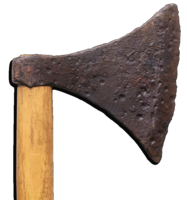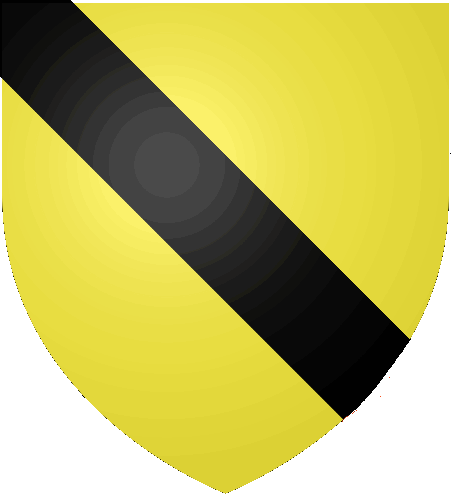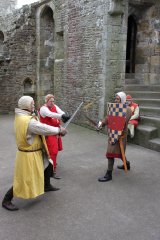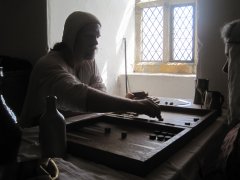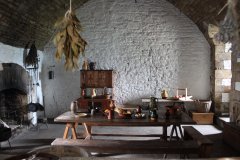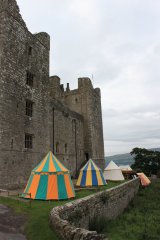The Norman Conquest of 1066 had a dramatic effect on the north of England, firstly in transferring control of much of the land into the hands of a few Norman overlords, and also as a result of the abortive attempts by Edgar Atheling (the last of the old Saxon line) to regain the throne once held by his grandfather. William moved swiftly to counter the threat, paying off Edgar's Danish allies and then unleashing a torrent of destruction on the land to prevent any further rising. This campaign of intentional damage has come to be known as the Harrying of the North, and when the Domesday Book reported on the land holdings of the church and nobility in 1086 it recorded that much of the land was laid waste and with land values now significantly lower than they had been in 1066.
From these inauspicious beginnings, Norman rule was established over what was left of the land, but the damage was long lasting.
Medieval Castle Bolton 287.jpg http://www.paddy-hinton.co.uk/images/Medieval/Castle Bolton 287.jpg Castle Bolton 207.jpg http://www.paddy-hinton.co.uk/images/Medieval/Castle Bolton 207.jpg paddy caroline back gammon.JPG http://www.paddy-hinton.co.uk/images/Medieval/paddy caroline back gammon.JPG Castle Bolton 032.jpg http://www.paddy-hinton.co.uk/images/Medieval/Castle Bolton 032.jpg Castle Bolton 021.jpg http://www.paddy-hinton.co.uk/images/Medieval/Castle Bolton 021.jpg
As feudal society developed, and the nobility consolidated their rule and took precautions to protect their lands from both their English neighbours and the Scots to the north, a wave of castle building brought wooden and then stone fortifications across the north of England. Great castles such as those at Richmond, Pickering, Skipton, Alnwick and many others were established and expanded by succeeding generations.
Focussing on both the development of the castle and the rise of the knightly class and its role, visits can be tailored to deliver a variety of activities in support of KS2 studies.
